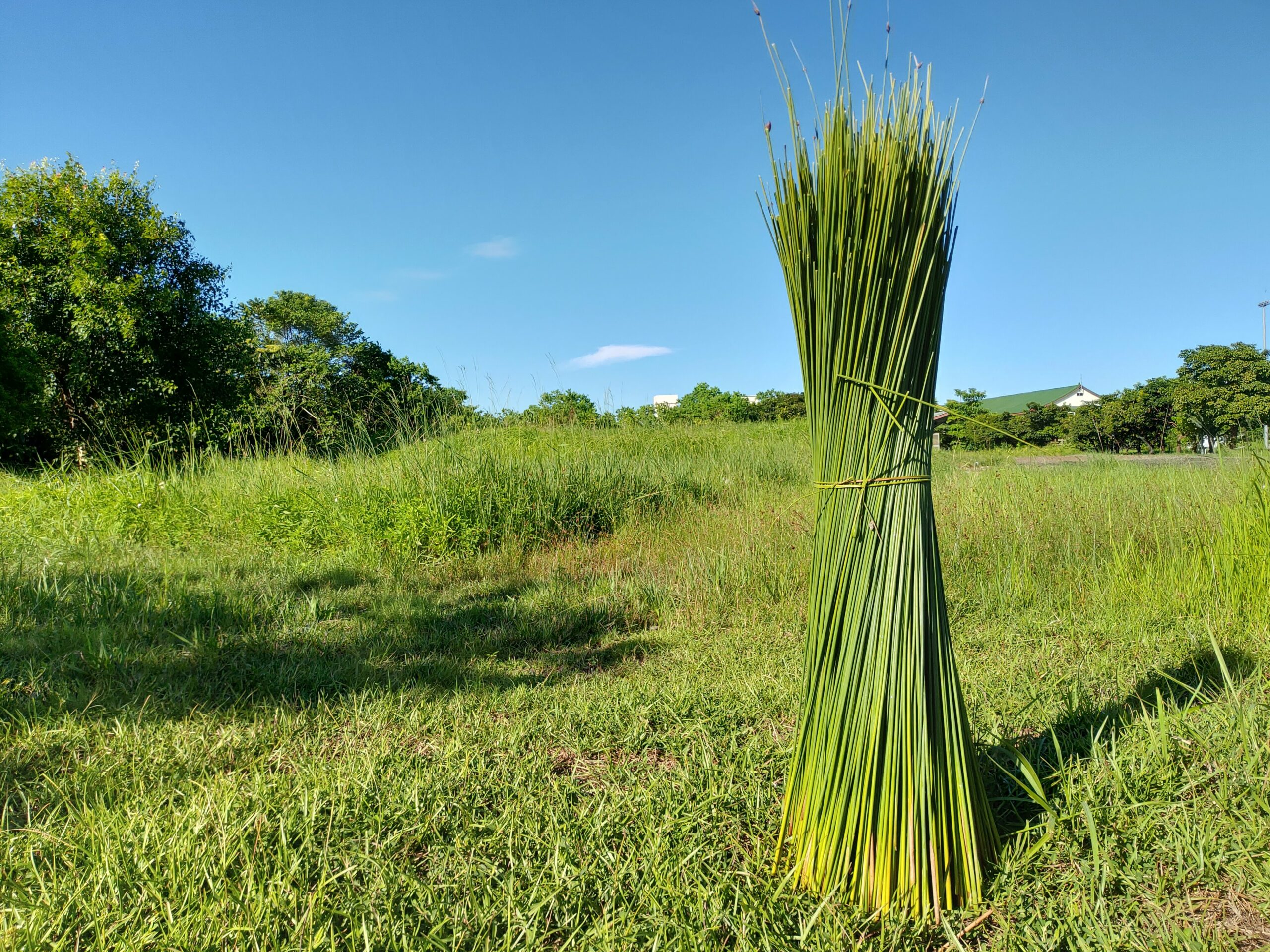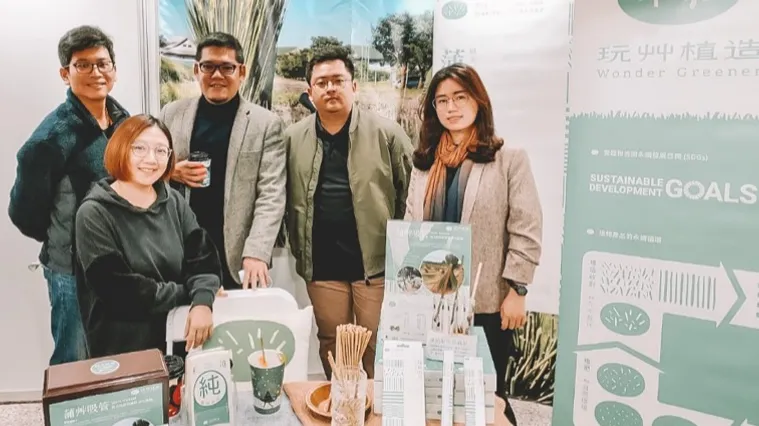More and more people are reducing plastic use by ditching traditional plastic straws in favor of so-called Eco-Friendly Straws. From paper and stainless steel to various Biodegradable options, these alternatives all claim to be plastic-free. But are they really?
This article will take you behind Taiwan’s Green Marks to reveal the truth about Biodegradable Plastics, and explore how Grass Straws, with their unique positioning, challenge mainstream perceptions and myths about what it means to be eco-friendly.
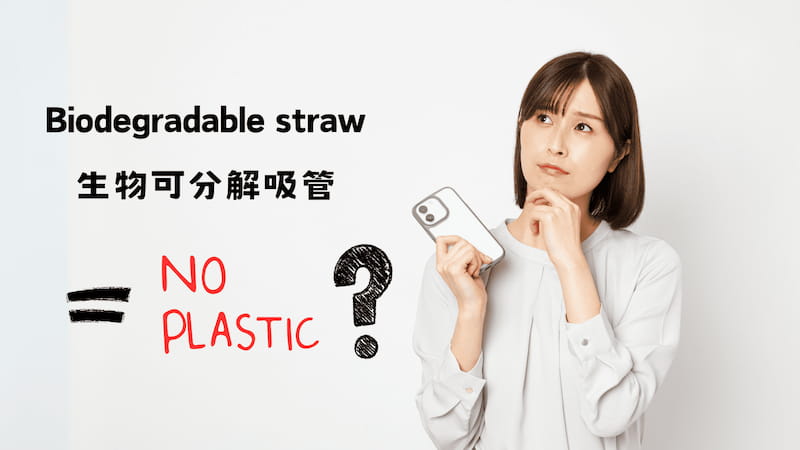
Don’t Mistake Biodegradable Straws for Plastic-Free!
After the ban on traditional plastic straws, many stores and consumers have turned to so-called Biodegradable Straws. But there’s a common environmental misconception: most Biodegradable Straws are essentially still plastic.
They are usually specially treated biodegradable plastics, such as common PLA straws (polylactic acid) or products mixed with other polymers. These types of straws typically involve breaking down plant fibers and reshaping them, often requiring added binders—most of which are biodegradable plastics (commonly including PBS). Therefore, they are essentially plastic items, just with relatively less strict decomposition conditions compared to pure plastics.
These so-called Degradable Straws claim to break down through the action of bacteria, molds, algae, and other microorganisms. However, to trigger this microbial decomposition process, specific Industrial Composting conditions are often required—such as high temperatures (usually above 50–60°C) and high humidity. Unfortunately, Taiwan currently has very few facilities capable of effectively initiating the breakdown of biodegradable plastics under such controlled conditions. This means that in most cases, if these Degradable Straws end up in regular trash or the natural environment, they are unlikely to fully decompose as intended. Ultimately, they may persist as long-lasting plastic substitutes or even fragment into microplastics.
Green Marks Clarify the Truth About Degradable
To help consumers identify truly eco-friendly products, the Taiwanese government established the Green Marks certification. Through the classification of these marks, it becomes clear which Degradable Straws still fall under the plastic category and which are genuinely natural products.
According to Green Mark regulations, products are divided into specific categories—and this distinction is key to dispelling common misconceptions.

- Biodegradable Plastic Products:
While the name includes Biodegradable, these products are still classified as plastics. This means that although their raw materials may be bio-based (such as corn starch) or include additives that promote decomposition, their chemical structure remains polymer-based. Taiwan banned the use of PLA and PFAS in food utensils, but many other polymer materials are still allowed—as long as they’re not explicitly prohibited. These products still require specific conditions to decompose properly. Most of the Biodegradable Straws on the market fall into this category. - Products Made from Agricultural Resources:
These are the truly natural, plastic-free straws. Such products must be made primarily from natural agricultural materials and must not undergo chemical modification into plastic.
These two fall into completely different categories under the Green Mark’s classification of eco-friendly straws: the former is considered plastic, while the latter is classified as a natural material.
Grass Straws Classified as Agricultural Resources
What makes Grass Straws unique is that they are made directly from the natural aquatic plant Lepironia, without the need to crush fibers or reshape, and without adding any plastic-based adhesives. Due to their natural, unmodified nature, Grass Straws are explicitly classified under Taiwan’s Green Mark as Products Using Agricultural Resources, a subcategory of Biodegradable Products.
The Green Mark highlights the fundamental difference between Grass Straws and products made from Biodegradable Plastics.
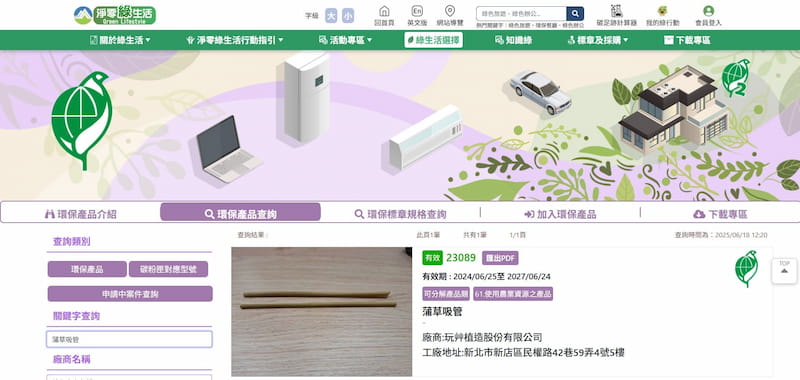
- Grass Straws:
Pure agricultural resource products, not plastic. After use, they naturally decompose back into the earth without requiring the harsh conditions of industrial composting. - Other Degradable Straws:
They are Biodegradable Plastic Products, whose polymer/span> nature determines their decomposition conditions and complicates recycling processes.
When choosing Eco-friendly Straws, take a closer look at the product labels or check Taiwan’s Green Mark website to understand which category the product falls into. Only by truly knowing the facts behind sustainable consumption can we make choices that truly benefit the environment. Choosing Grass Straws means opting for a government-certified, genuinely natural, plastic-free straw that returns to nature—helping to break common environmental misconceptions together.
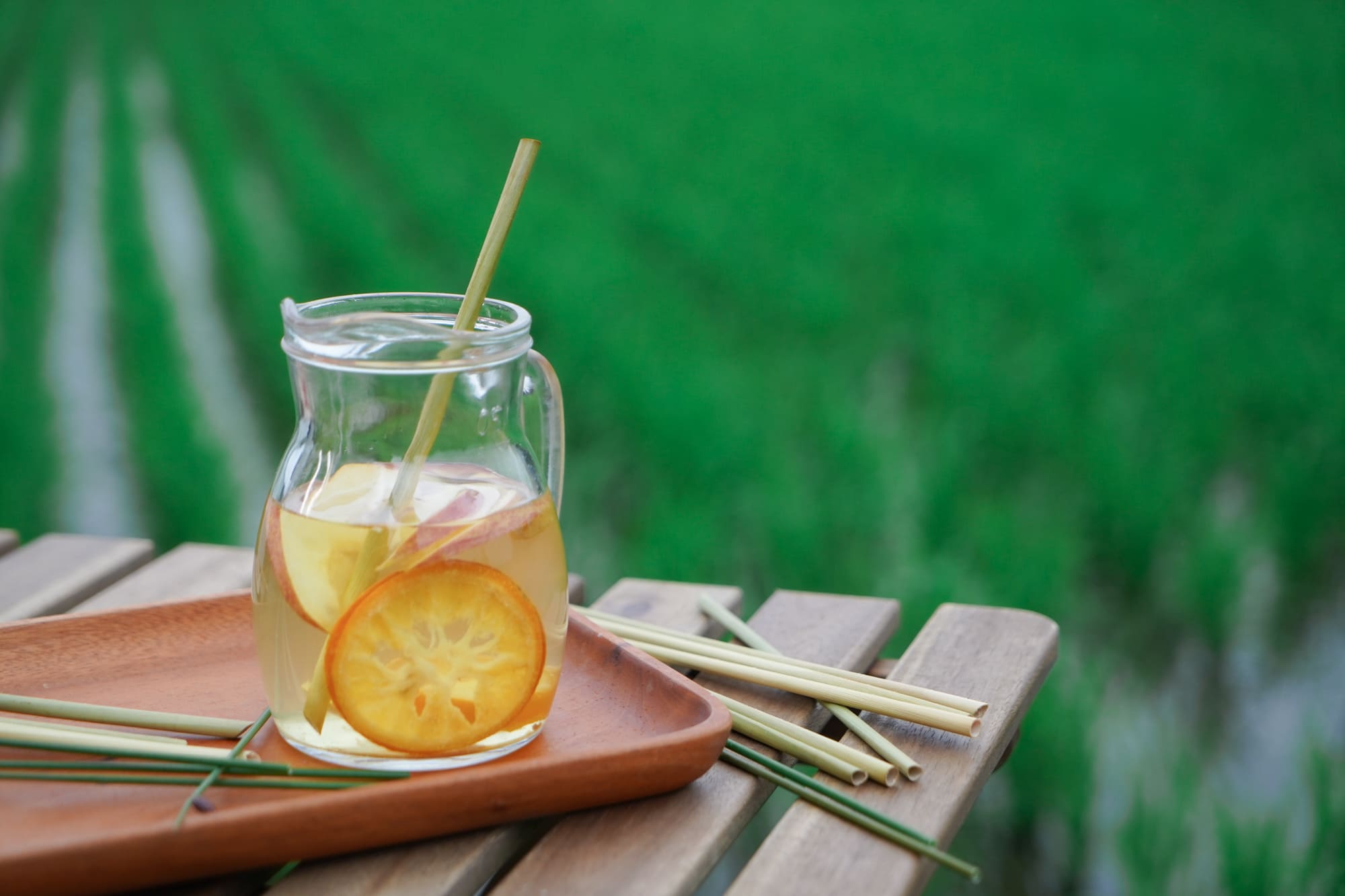
Break Eco Myths, Choose True Plastic-Free
Through Taiwan’s Green Mark, we reveal the truth about degradable plastics.
As a product made from agricultural resources, Grass Straws offer a truly natural, plastic-free choice that returns to nature.

